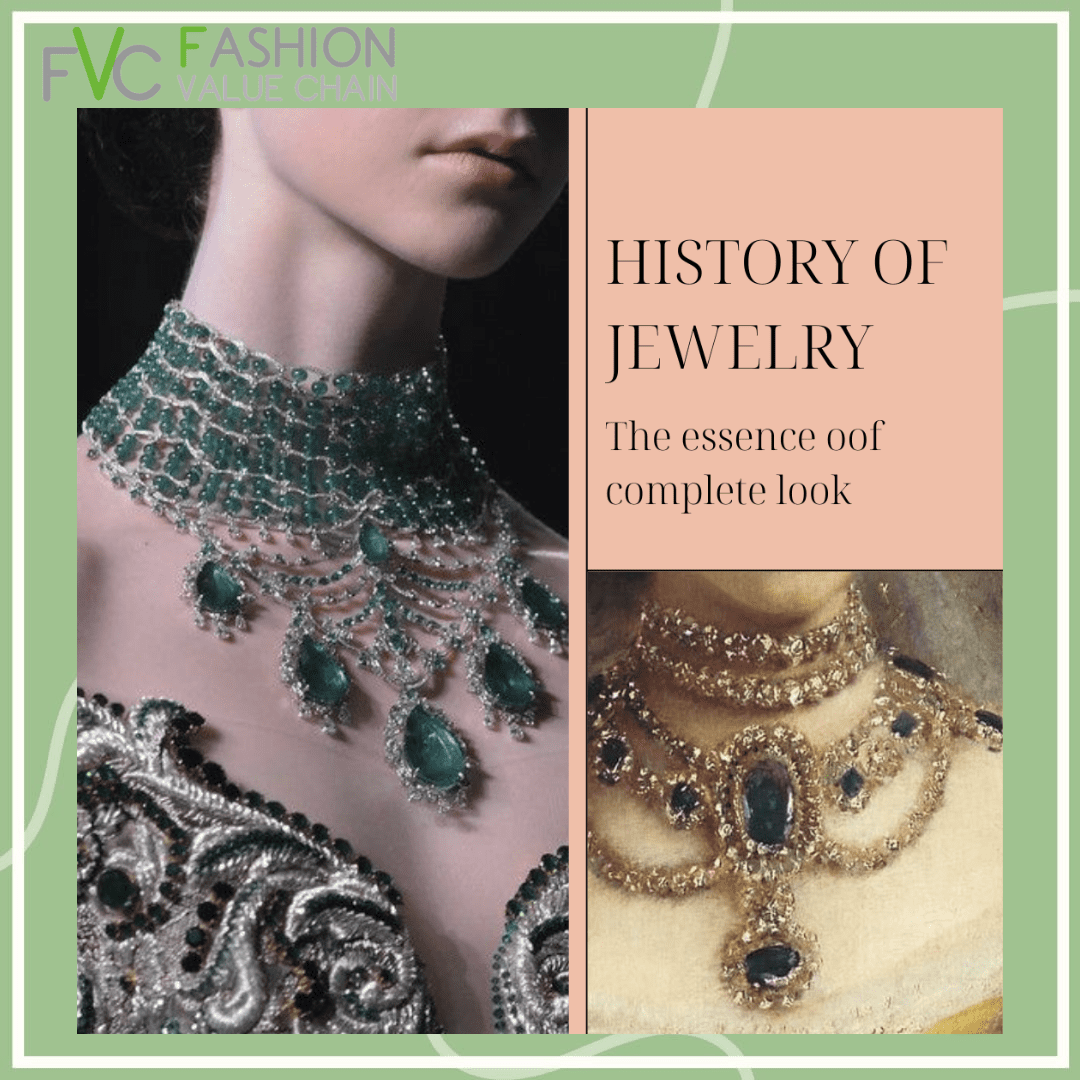Throughout the centuries and from culture to culture, the materials are considered to be as rare and beautiful have ranged from shells, bones, pebbles, tusks, claws, and wood to so- called precious metals,precious and semiprecious stones, pearls, corals, enamels, vitreous pastes, and ceramics. Jewelry is not something that has been worn now but is being is being worn from many ages. They used shells pebbles even wood as adornment. Animal bones were also a part of jewelry.
Jewelry has been a part of the history of humans for thousands of years. The earliest evidence of jewelry making can not even be attributed to Homo sapiens, but instead the Denisovians, a subspecies of archaic humans who lived before Neanderthals. The art of jewelry making waned in the middle ages, with most Europeans barred from owning pieces made of
precious metals and gemstones. Common people sometimes possessed items made of cheap materials like copper or pewter. By the early Renaissance era, jewelry
makers developed gemstone cutting techniques that replaced the simple, polished designs popular in the middle ages. Despite these advancements, enameling techniques reigned over the
appearance and size of set gemstones. Jewelry makers cut stones into basic
shapes to ensure that the enameling stood out. Common cuts included en table, or flat; en cabochon, or rounded; and en pointe, or pyramid shaped.
The 19 th century saw the mechanization of jewelry making as the industrial revolution swept through Europe and America. New materials and jewelry making techniques expanded design possibilities, and a renewed interest in historical designs challenged jewelry
makers to find a balance between ‘new’ and ‘old.’
Jewelry is recent times have become more fancier and more simplified but yet some styles have been coming back into fashion such as from royal times.
– Tejasvi Gurjar

